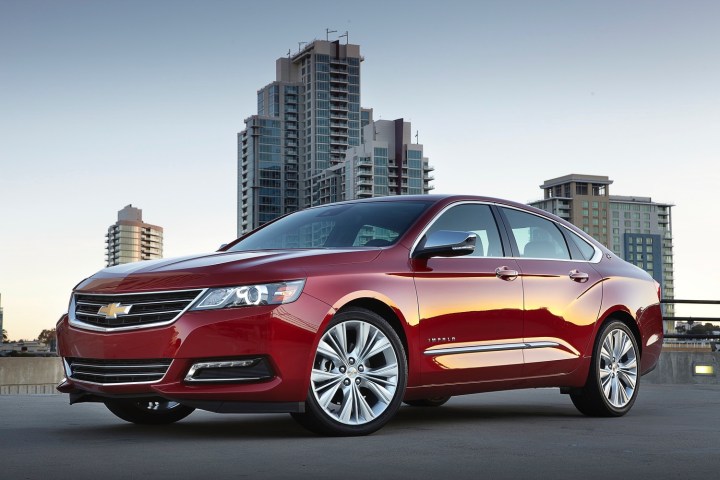
General Motors is undertaking a massive cost-cutting plan aimed at freeing up cash to fund the development of technologies like electric powertrains and autonomous driving systems. But in the short term, GM appears set to purge many of the cars from its lineup as it closes factories that build them, while keeping more profitable trucks and SUVs in production.
“The actions we are taking today continue our transformation to be highly agile, resilient, and profitable, while giving us the flexibility to invest in the future,” GM CEO Mary Barra said in a statement.
GM hopes to free up $6 billion in cash by 2020, with $4.5 billion of that amount coming from cost reductions. To do that, the automaker plans to reduce salaried staff by 15 percent, and executives by 25 percent. In 2019, GM also said it will stop allocating vehicles to four North American assembly plants, as well as two U.S. powertrain plants and two assembly plants outside North American (in addition to the previously announced closure of a plant in Gunsan, South Korea).
The factories on the chopping block currently build sedans and hatchbacks. The Oshawa Assembly plant in Oshawa, Ontario, Canada, builds the Cadillac XTS and Chevrolet Impala sedan twins. Detroit-Hamtramck also builds the Impala, as well as the Chevrolet Volt plug-in hybrid, the Buick LaCrosse, and the Cadillac CT6. The Lordstown Assembly plant in Warren, Ohio, builds the Chevrolet Cruze compact.
GM told Motor Authority that the Chevy Volt and Cruze, as well as the Buick LaCrosse, will end production in March 2019. The Chevy Impala will stick around until the fourth quarter of 2019. The Cadillac CT6’s fate is unclear, but given that the luxury sedan just got a significant update, it’s possible that it won’t be axed immediately. GM could move production from Detroit-Hamtramck to another plant.
Not every GM factory building cars was placed on the chopping block, with the Orion Assembly plant that builds the Chevy Bolt EV and Sonic subcompact among those spared. GM said it will put some of the money from its cost-cutting toward future electric cars. The automaker previously said it would launch 20 all-electric models by 2023.
In addition to cutting staff and closing factories, GM plans to cut costs in other ways, such as decreasing the number of distinct parts and platforms used in its vehicles. In the next decade, GM expects 75 percent of its global sales volume to come from just five basic vehicle platforms. The automaker also plans to “compress” its worldwide development campuses and expand the use of “virtual tools” to lower development costs.
GM’s plan is similar to that of rival Ford, which also plans to reduce the number of vehicle platforms it uses in order to cut costs. But Ford’s car culling will be more extreme: It plans to eliminate every car except the Mustang from its U.S. lineup. The third major Detroit automaker, Fiat Chrysler Automobiles, has already discontinued most of its cars, preferring to focus on popular and profitable Ram pickup trucks and Jeep SUVs.
Editors' Recommendations
- Cadillac aims to balance its lineup with a small electric SUV
- General Motors and AT&T teaming up to launch 5G connected vehicles
- Honda will use General Motors technology to build two electric cars
- GM’s modular Ultium platform will be building block of its future electric cars
- Why General Motors won’t be showing its next electric car at CES


